Friday, December 4, 2020 – Not as glamorous of the Brooklyn Bridge


FRIDAY, DECEMBER 4th, 2020
The
227th Edition
From Our Archives
BRIDGES, BRIDGES,
BRIDGES…..
AND
THE WILLIAMSBURG,
THE OTHER EAST RIVER BRIDGE

THE THIRD EAST RIVER BRIDGE WAS MALIGNED AND IGNORED UNTIL WILLIAMSBURG BECAME MECCA.
Williamsburg Bridge
From Wikipedia, the free encyclopedia
Carries 8 lanes of roadway, 2 tracks of the “J” train”M” train”Z” train trains of the New York City Subway, pedestrians, and bicycles Crosses East River Locale Manhattan and Brooklyn, New York City Maintained by New York City Department of Transportation
Characteristics
Suspension bridge and truss causeways Total length 7,308 feet (2,227 m) Width 118 feet (36 m) Longest span 1,600 feet (490 m) Clearance above 10 feet 6 inches (3.2 m) (inner roadways only) Clearance below 135 feet (41 m) at mean high water
History
Architect Henry Hornbostel Designer Leffert L. Buck
Opened December 19, 1903; 116 years ago
Statistics
Daily traffic 105,465 (2016)
Completed
in 1903, it was the longest suspension bridge span in the world until 1924. The bridge is one of four toll-free vehicular bridges connecting Manhattan Island and Long Island. The others are the Queensboro Bridge to the north, and the Manhattan and Brooklyn Bridges to the south. The Williamsburg Bridge once carried New York State Route 27A

CONSTRUCTION
Construction on what was then known as the “East River Bridge”, the second to span it, began in 1896 after approval by the Governor of New York on May 27, 1895. The new bridge was to be built north of the Grand Street Ferry, terminating at Delancey and Clinton Streets on the Manhattan side and at South Fifth Street and Driggs Avenue on the Brooklyn side. Leffert L. Buck was the chief engineer, Henry Hornbostel was the architect, and Holton D. Robinson was the assistant engineer.
Engineers first constructed caissons on either side to support the future bridge] The caisson on the Manhattan side was completed in May 1897,upon which time the caisson on the Brooklyn side was launched. The caissons were manufactured in a shipyard in Williamsburg. In January 1898, Mayor Robert Anderson Van Wyck removed the members of the East River Bridge Commission due to “charges of extravagance”.[ A commission of six people appointed by the state was proposed, but the bill was rejected.
As part of the Williamsburg Bridge’s construction, the section of Delancey Street between the bridge’s western end and the Bowery was widened. The portion of Spring Street between the Bowery and Lafayette Street was also expanded. This was the third plan for the bridge’s western approaches that was publicly announced. Public opposition had caused the cancellation of previous proposals, which included a wide street extending from the end of the bridge to either Cooper Square or the intersection of Houston Street and Second Avenue.[To accommodate the bridge’s approaches, 600 houses were demolished in total, including 330 on the Manhattan side and 270 on the Brooklyn side. More than 10,000 people were evicted from these houses during construction.
The bridge’s supporting wires were ready to be installed by February 1901.The first temporary wires between the East River Bridge’s two towers were strung on April 9, 1901. They were to be replaced later with permanent 18 3⁄4-inch-thick (48 cm) main cables made up of 7,696 smaller cables twisted together.[ The pair were fully strung by April 16, and work on the bridge’s pedestrian deck begun soon afterward.] The pedestrian path on the East River Bridge was completed in June 1901.] Afterward, construction progressed at a fast pace, owing to the ease of manufacturing the steel.Ornamental lights were also placed on the bridge .[The East River Bridge was renamed the “Williamsburg Bridge”, after its Brooklyn terminus,

In 1902
The bridge was damaged by fire while under construction in 1902There were several deaths during construction, including a worker who fell from the Manhattan approach in May 1900;[the main steelwork engineer, who fell from the Brooklyn approach in September 1900; and a foreman who drowned in March 1902Additionally, a fire occurred on the Brooklyn side’s tower in November 1902, which nearly severed the bridge’s cables.
The bridge opened on December 19, 1903, at a cost of $24.2 million ($624 million in 2016).[At the time it was the longest suspension bridge span in the world, and remained so until the opening of the Bear Mountain Bridge in 1924.

PHOTO COURTESY OF DAVE FRIEDER (C)
New Orthotropic Deck was being installed
Rebuilding the Bridge
During the 1990’s, the DOT invested more than $600 million in the Williamsburg Bridge. In 1991, the DOT began a major rehabilitation of the Williamsburg Bridge. The program was designed to undo the effects of age, weather, increased traffic volumes and deferred maintenance and prepare the bridge for another 100 years of service to the City of New York.
Completed projects have
rehabilitated the main cables;
reconstructed the south roadways;
reconstructed the BMT Transit Structure between the Manhattan and Brooklyn approaches;
reconstructed the North roadways.
Now that the DOT has completed work on Contract #7, all of the bridges supports and roadways, walkways and subway tracks have been completely rebuilt. For the City of New York and the many users who drive, walk or ride across the bridge every day, a major component of the New York City infrastructure has been preserved for future generations.

Painting contract

Our adventurous friend Dave Frieder has published a wonderful book of his spectacular bridge photographs.
This beautiful edition is a wonderful gift for New York (and New Jersey) admirers. For more information go to davefrieder.com
FRIDAY PHOTOS OF THE DAY
CHECK OUR RIVERCROSS WINDOW DISPLAY.
BUILDING BRIDGES IS REAL FUN!
CAN YOU IDENTIFY EACH OF THE 6 BRIDGES?
THURSDAY PHOTO OF THE DAY
FDNY TRAINING SCHOOL
ON WELFARE ISLAND
LOCATED JUST NORTH OF NOW MOTORGATE
CLOSED IN 1970 AND RELOCATED TO WARD’ ISLAND
NINA LUBLIN GOT IT FIRST
JAY JACOBSON GOT IT NEXT

EDITORIAL
Yesterday, I finished climbing thru the Rivercross Display window putting the final touches on our holiday display. Our great friend Melanie Colter was the great train display engineer. We have all kinds of goodies hidden in the scenery.
We have everything to make kids happy in the window. The fun thing of standing inside, is watching little kids see the trains and bridges. Can they find the three owls?
We have all kinds of gifts for everyone at the visitor center. We have gloves for kids and adults, goodies for all and even NYC themed face masks.
WE NEED A BIG CHEERFUL SAFE HOLIDAY.
STOP BY THE KIOSK AND DO YOUR HOLIDAY SHOPPING WITH US!!
HAPPY HOLIDAYS
Judy Berdy
Bill, Jon. Ellen, Barbara- The Kiosk Staff
Text by Judith Berdy
Thanks to Bobbie Slonevsky for her dedication to Blackwell’s Almanac and the RIHS
Thanks to Deborah Dorff for maintaining our website
Edited by Melanie Colter and Deborah Dorff
Roosevelt Island Historical SocietyMATERIALS USED FROM:
GOOGLE IMAGES
DAVE FRIEDER
NYC DEPARTMENT OF TRANSPORTATION
WIKIPEDIA
FUNDING PROVIDED BY ROOSEVELT ISLAND OPERATING CORPORATION PUBLIC PURPOSE GRANTS CITY COUNCIL REPRESENTATIVE BEN KALLOS DISCRETIONARY FUNDING THRU DYCD


Copyright © 2020 Roosevelt Island Historical Society, All rights reserved.
Our mailing address is:
rooseveltislandhistory@gmail.com


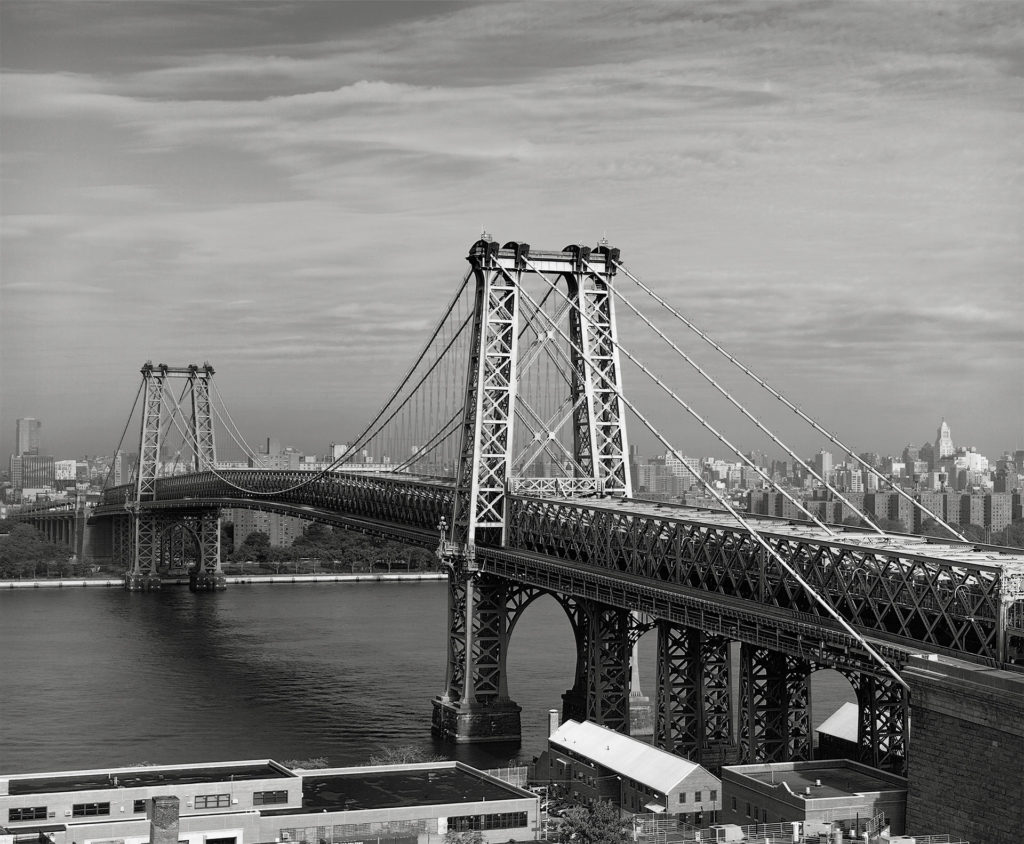
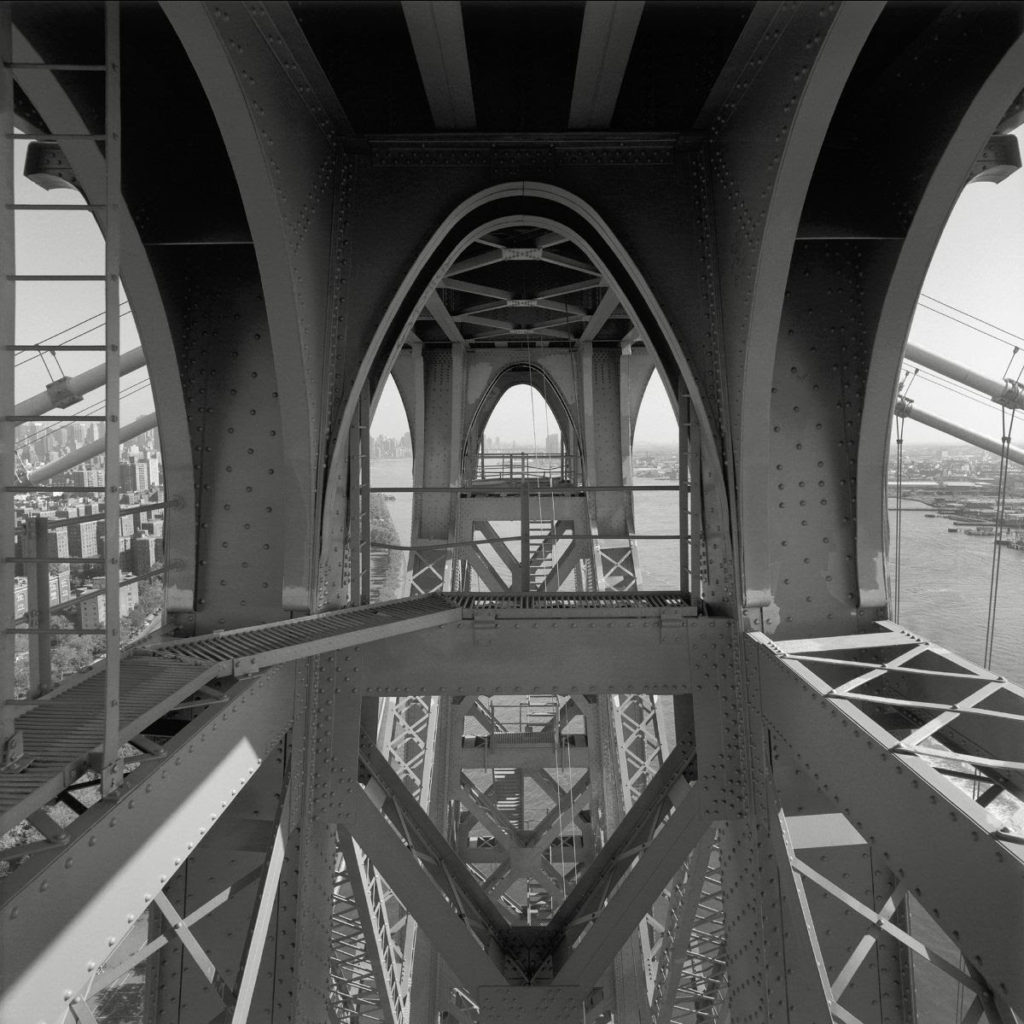
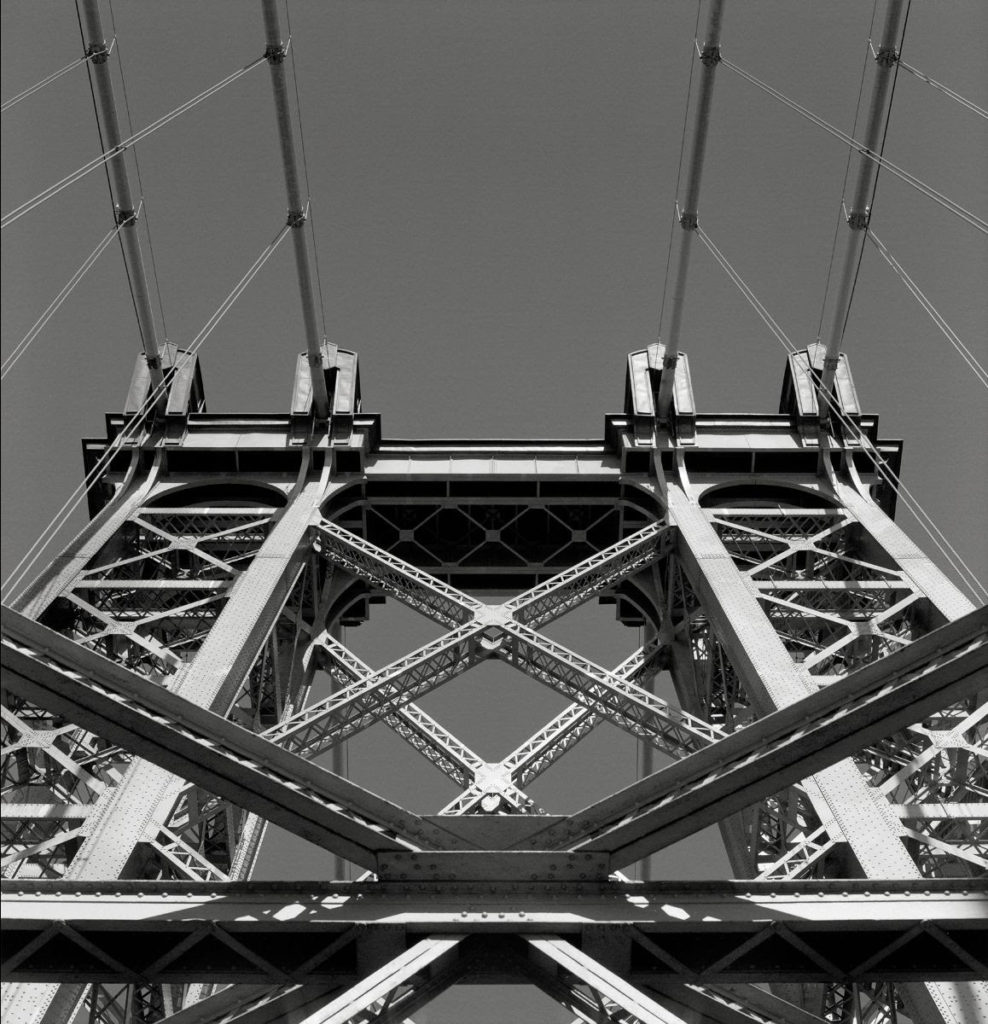



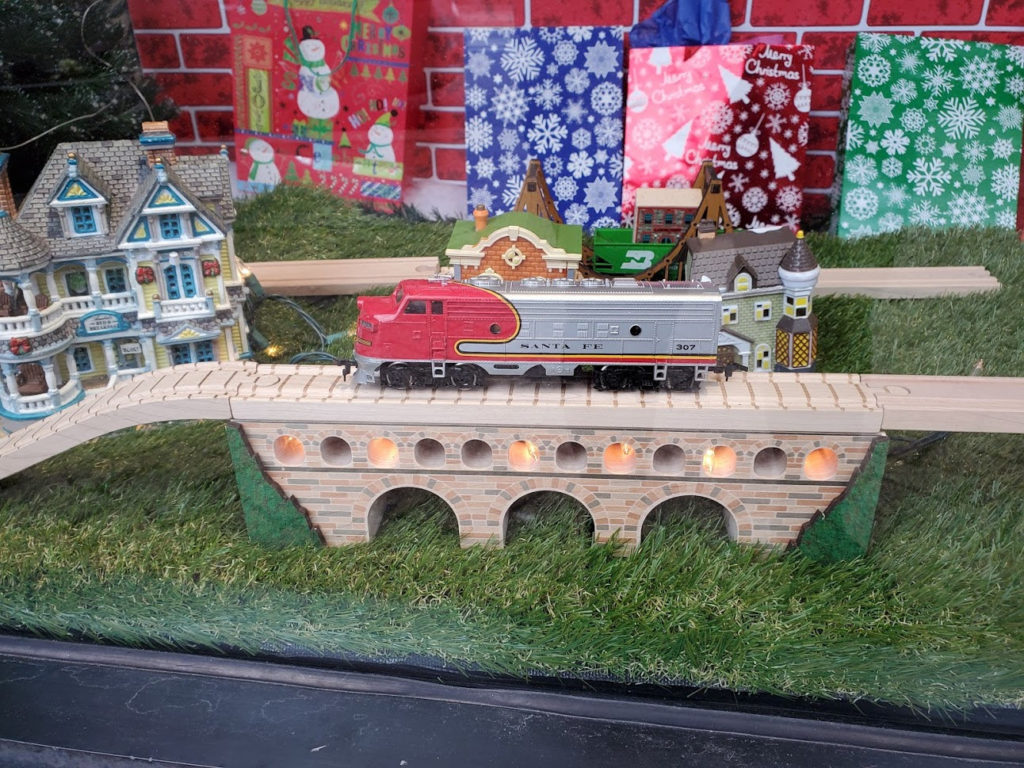
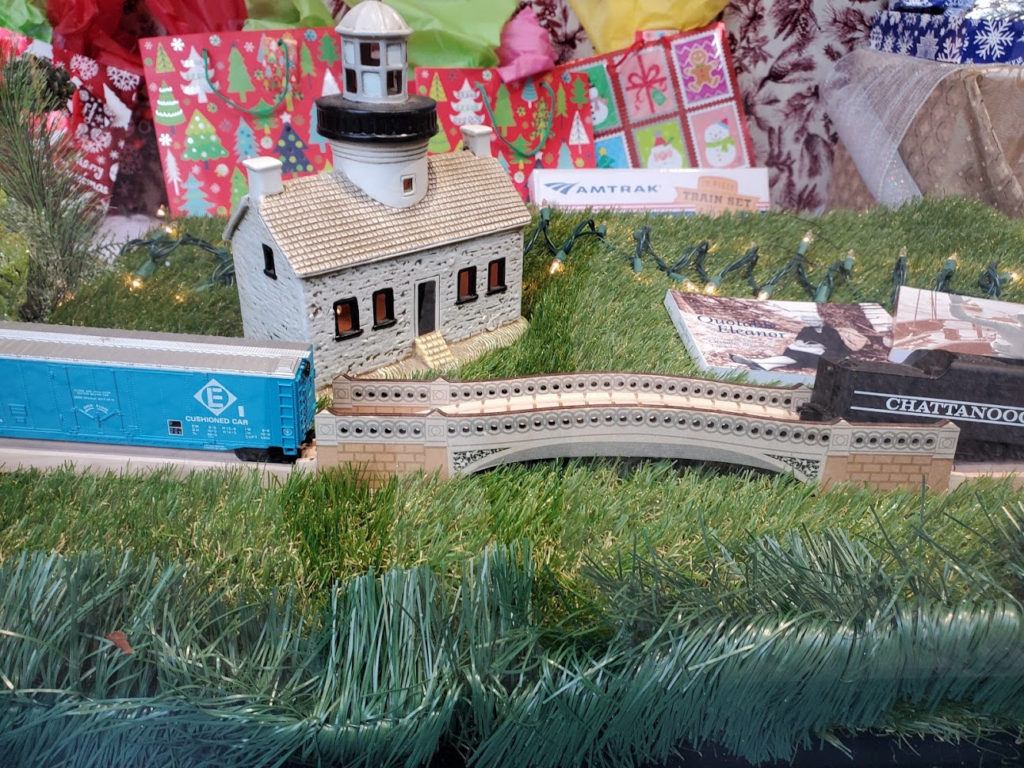

Leave a comment